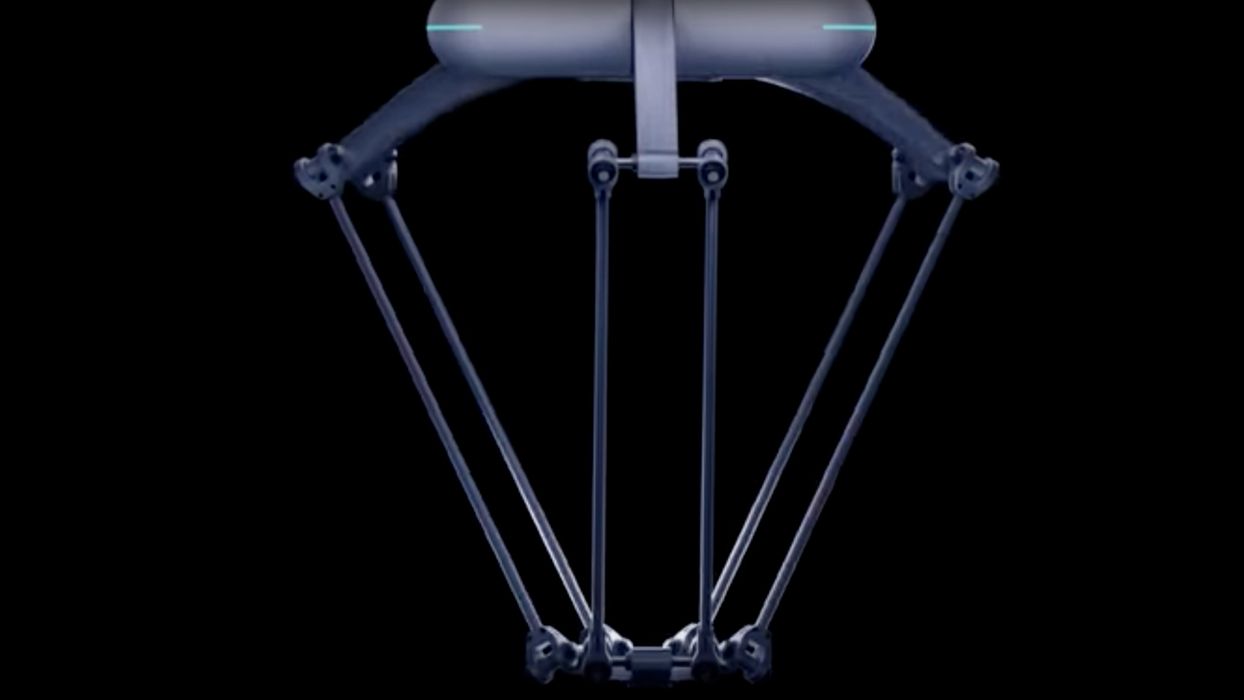
A fascinating new motion system has been developed that just might have an application or two in the 3D print world.
Shanghai-based Flexiv’s new “Moonlight” robot is apparently able to provide not only three degrees of movement, but also can provide precision control and force detection. In other words, it can sense in quite precise measurement levels, the amount of “push” it’s currently encountering.
This is kind of a combination of traditional robots, which have great strength and force sensing, but not high precision, with the familiar delta robots that are precise but can’t sense any forces.
The Moonlight system can sense forces down to 0.1N.
According to a report on Drives&Controls, the Moonlight can lift up to 7kg and move at 1500mm/second. The system has a 3D accuracy of 0.03mm.
This robot will be released in late 2023.
I’m wondering what this device could do for the 3D printing industry. Delta robots have long been used for the motion system in 3D printers due to their precision movements and high speeds.
The Moonlight robot seems to have the same properties, but with the added ability to sense forces.
Normal 3D printer extrusions built on delta robots or other motion systems completely ignore forces. In fact, the idea is that there should be NO forces involved: each layer is by design isolated from all other layers due to Z-axis motion.
What could sensing of force do for 3D printing? I have some likely crazy ideas.
Ironing, the process of smoothing the top surface of a 3D print is now relatively common. However, it occurs only on perfectly flat surfaces. I’m wondering if there is a method to leverage the force sensing to perform some type of ironing on non-flat surfaces. However, the hot nozzle would likely dive into the print without registering sufficient force to cause redirection.
Another potential application could be for quality control. A probe extending from the printhead could be used to determine measurements of the print’s ongoing geometry through force-touch. It might be possible to detect prints that are out of tolerance before they proceed any farther.
If a Moonlight motion system is used, the printhead could have a placement tool in addition to the 3D print hot end. This tool could then grab non-printable objects during a print job and carefully place them in voids in mid-print.
I have a suspicion that the Moonlight hardware (and software) cost is high enough that we won’t see this concept being implemented in desktop 3D printers anytime soon. But that doesn’t prevent it from being used in larger industrial 3D printing systems.
The ability to do more as described above might fit well into the design profile of a high-end industrial 3D printer that incorporates additional quality and functions.
Via Drives&Controls
